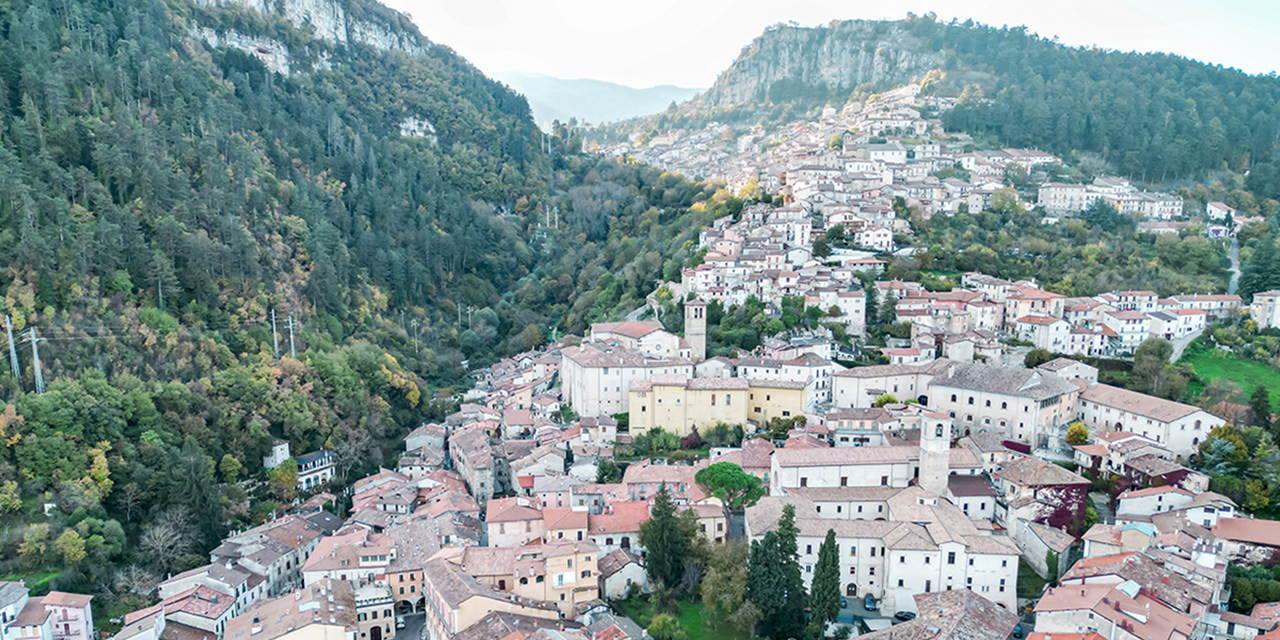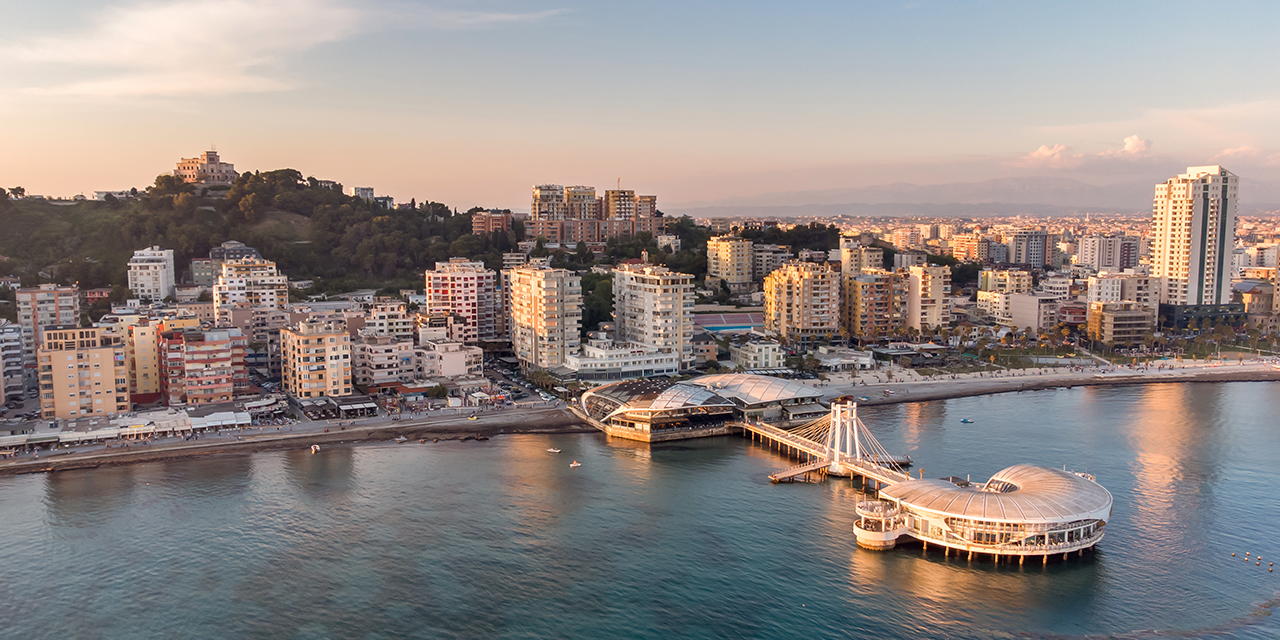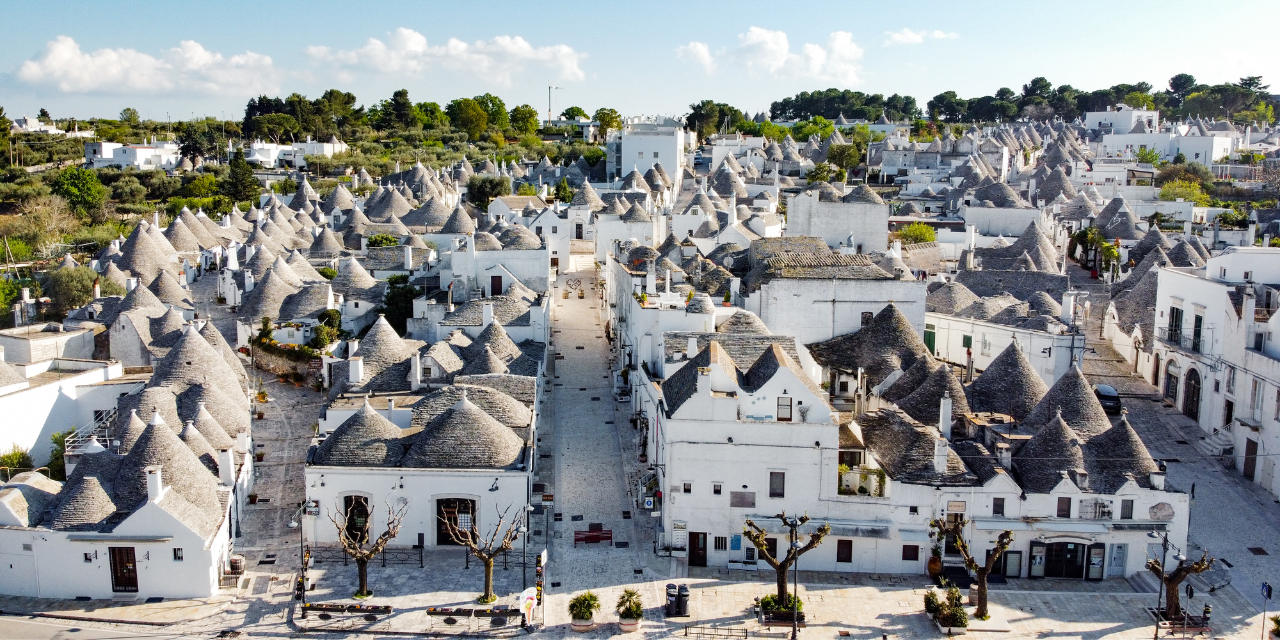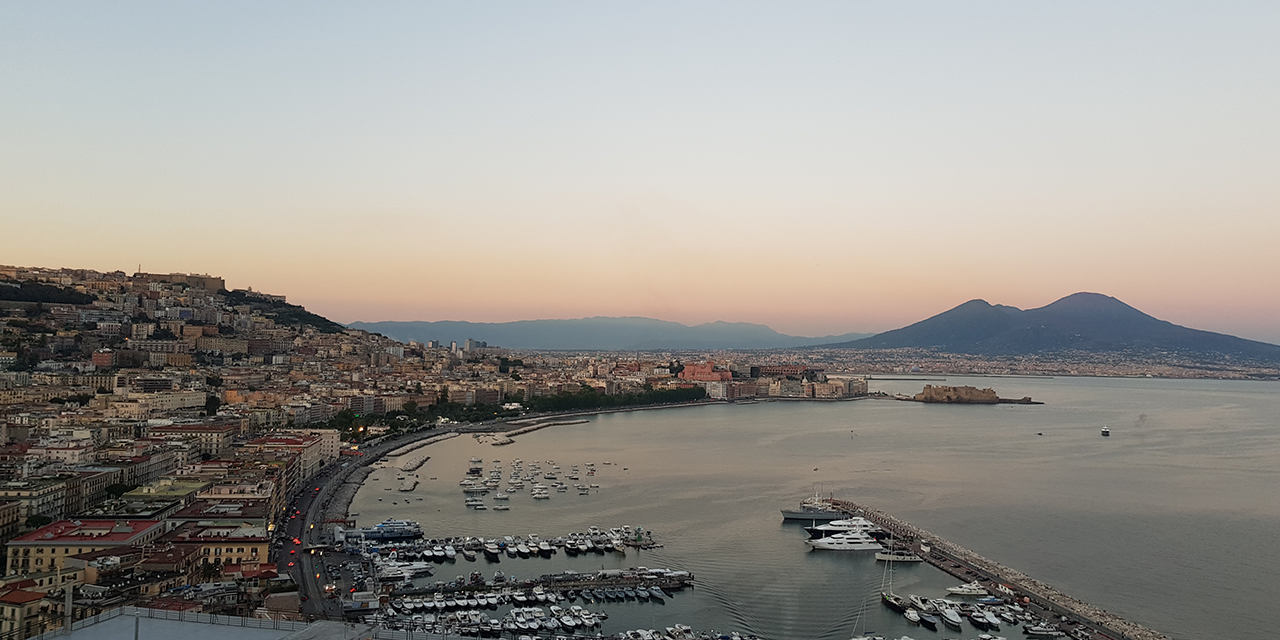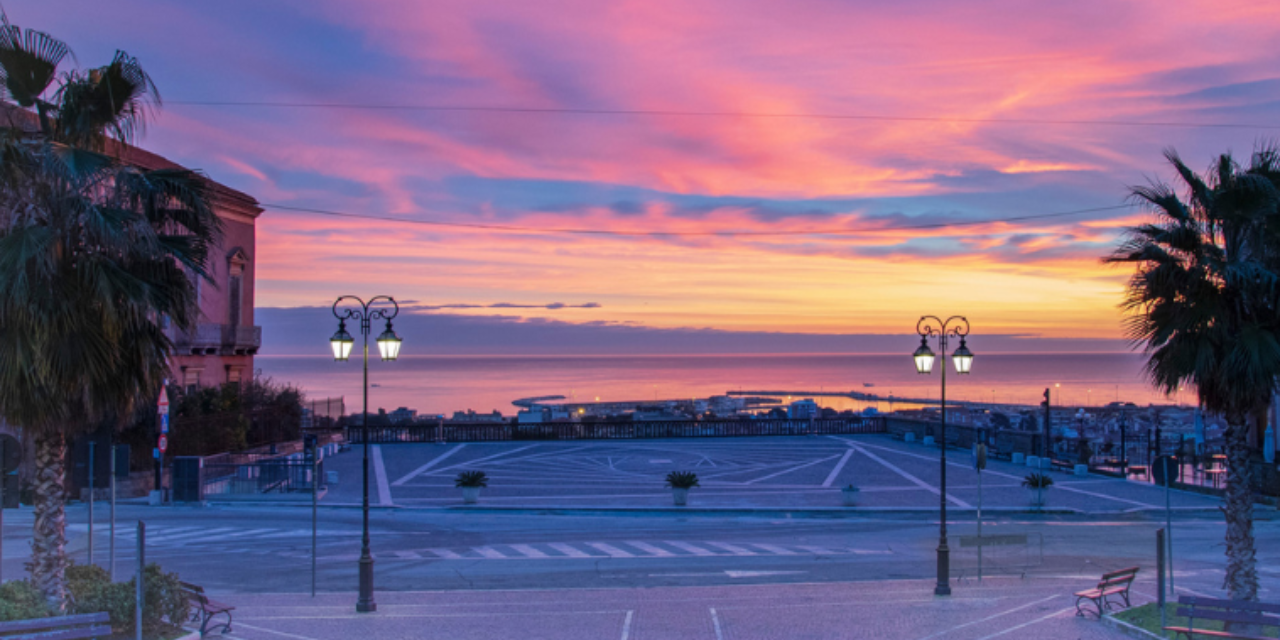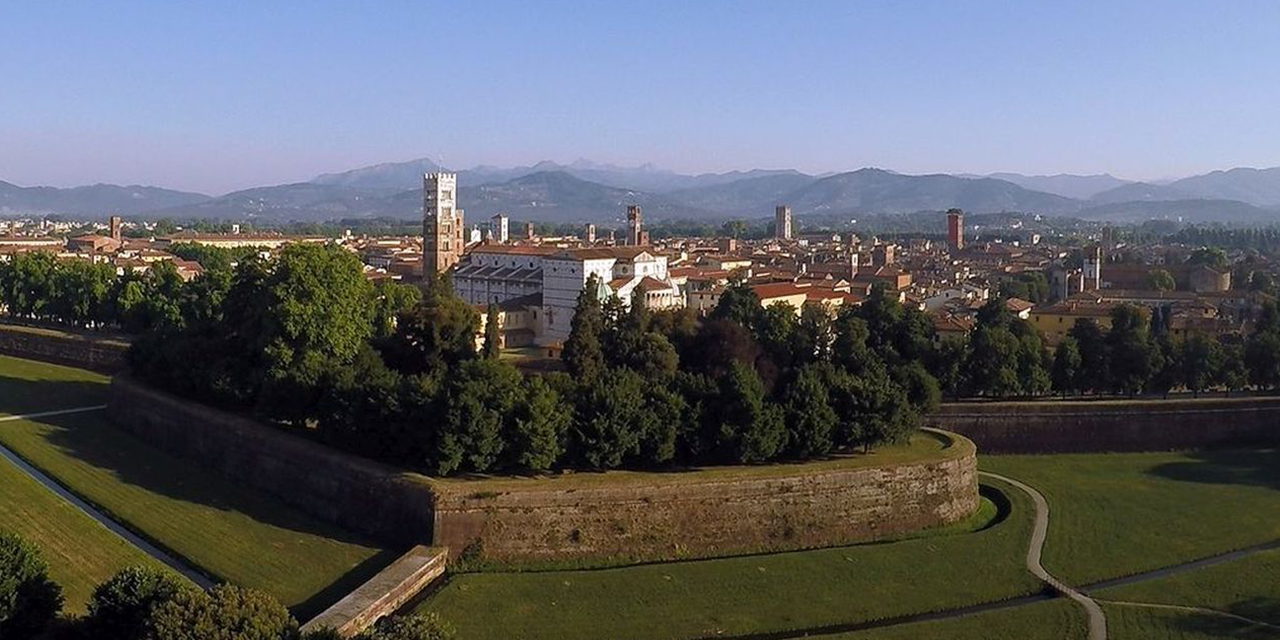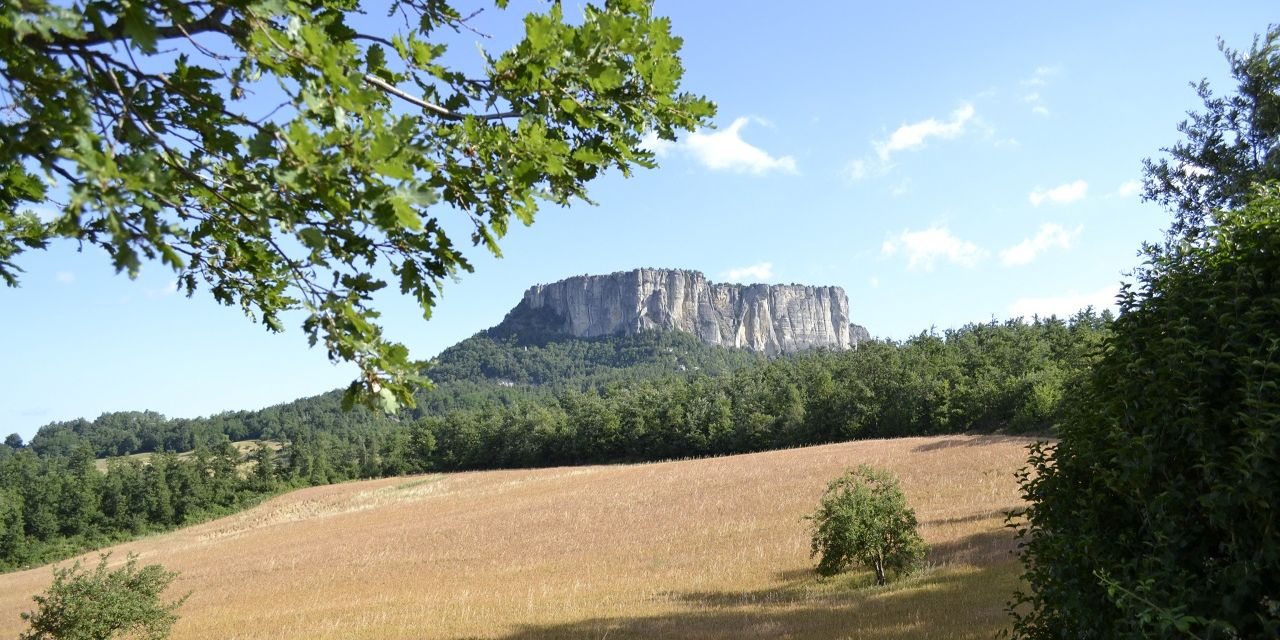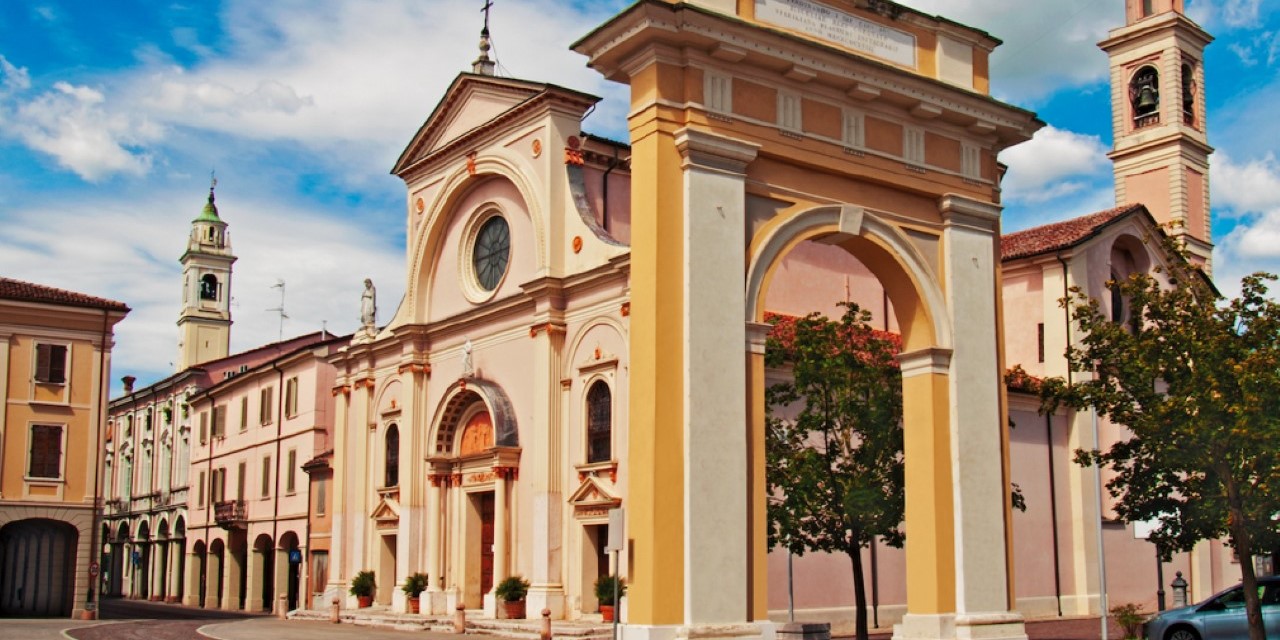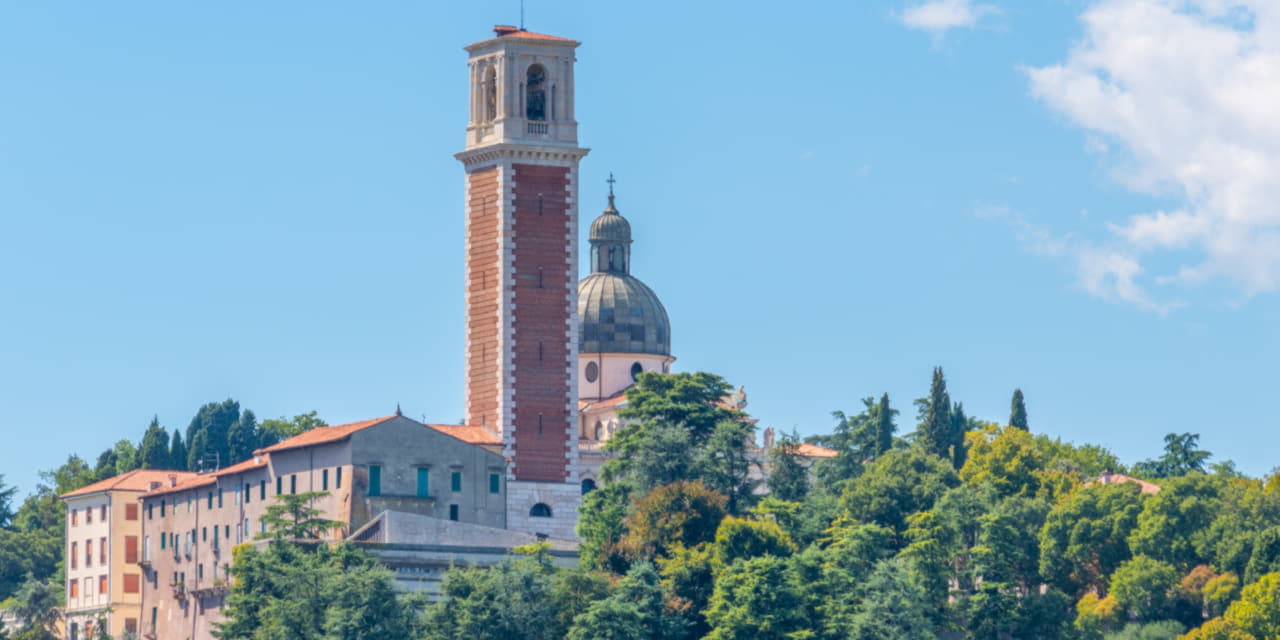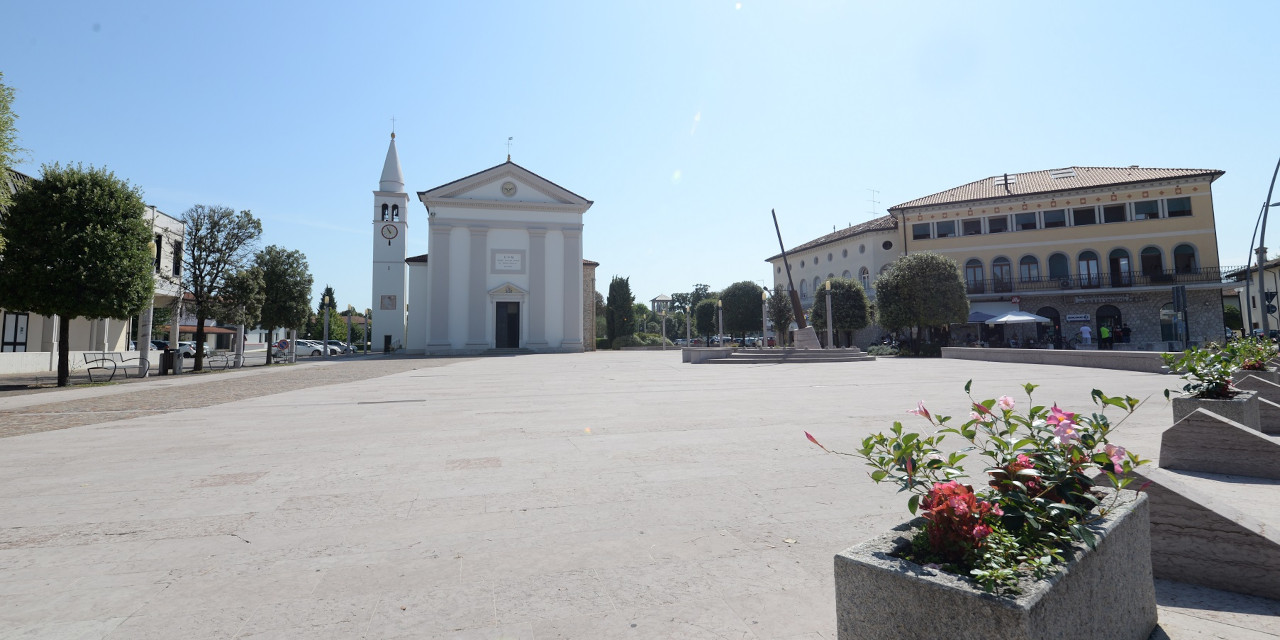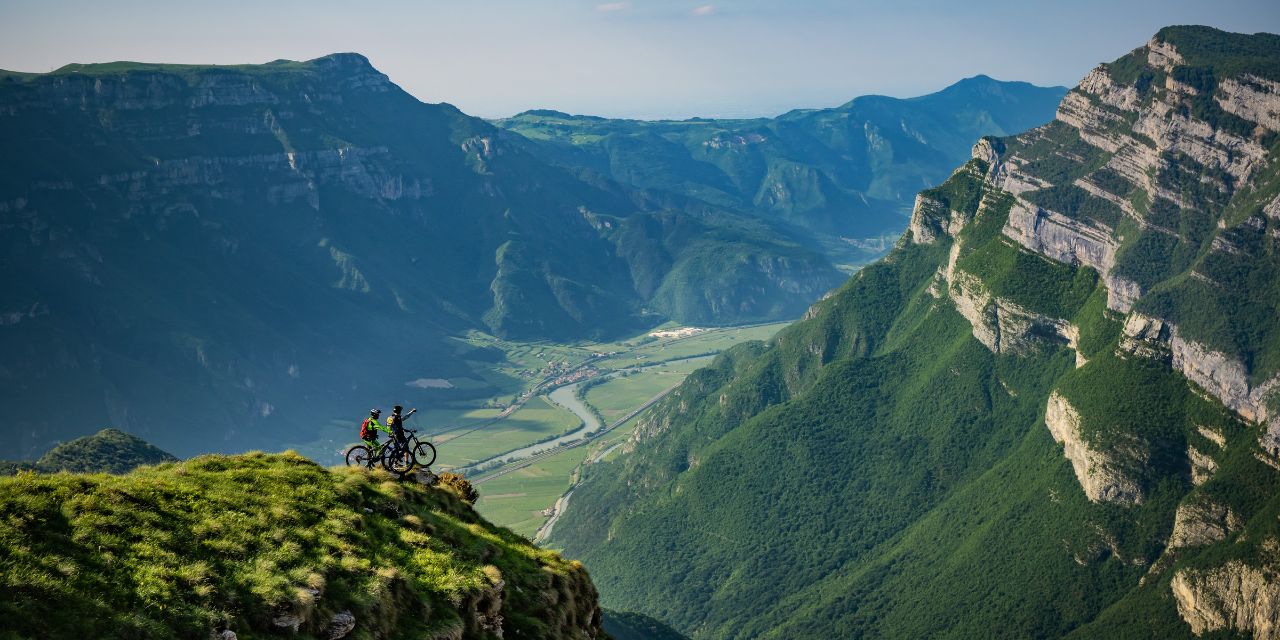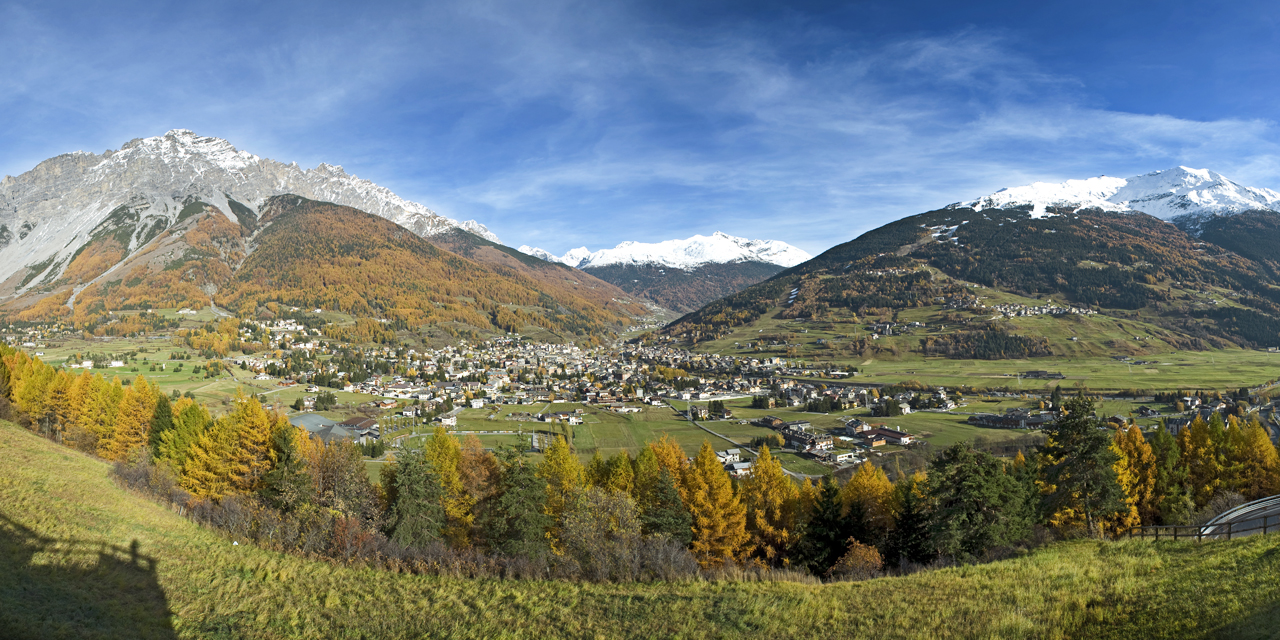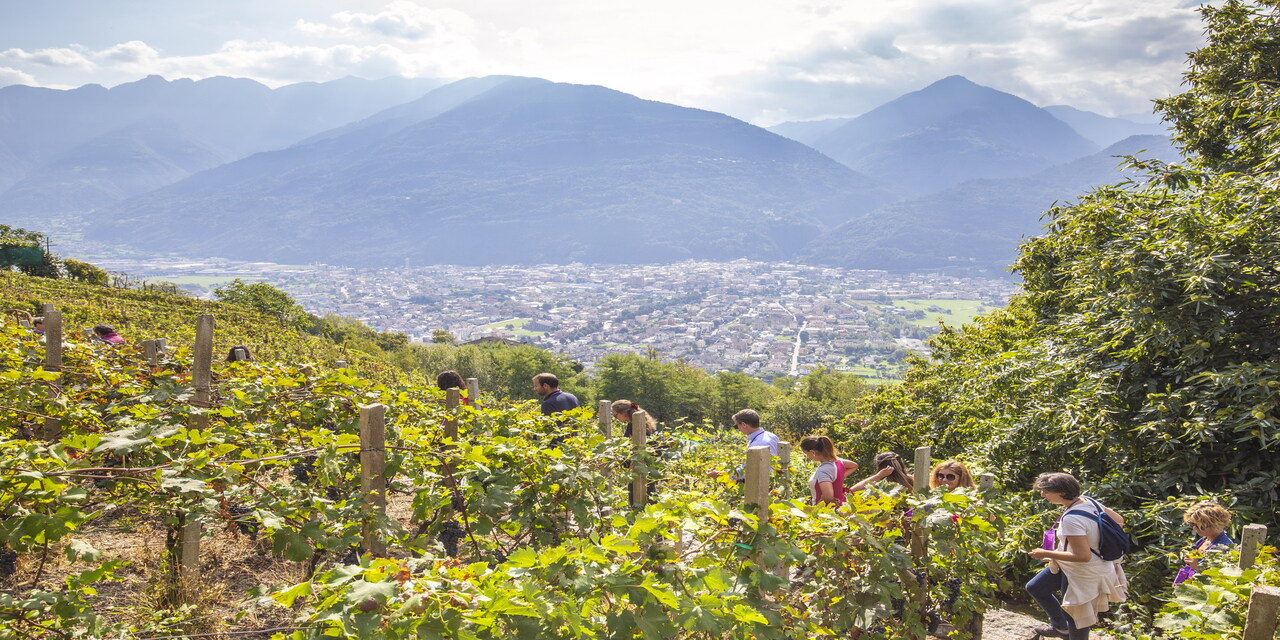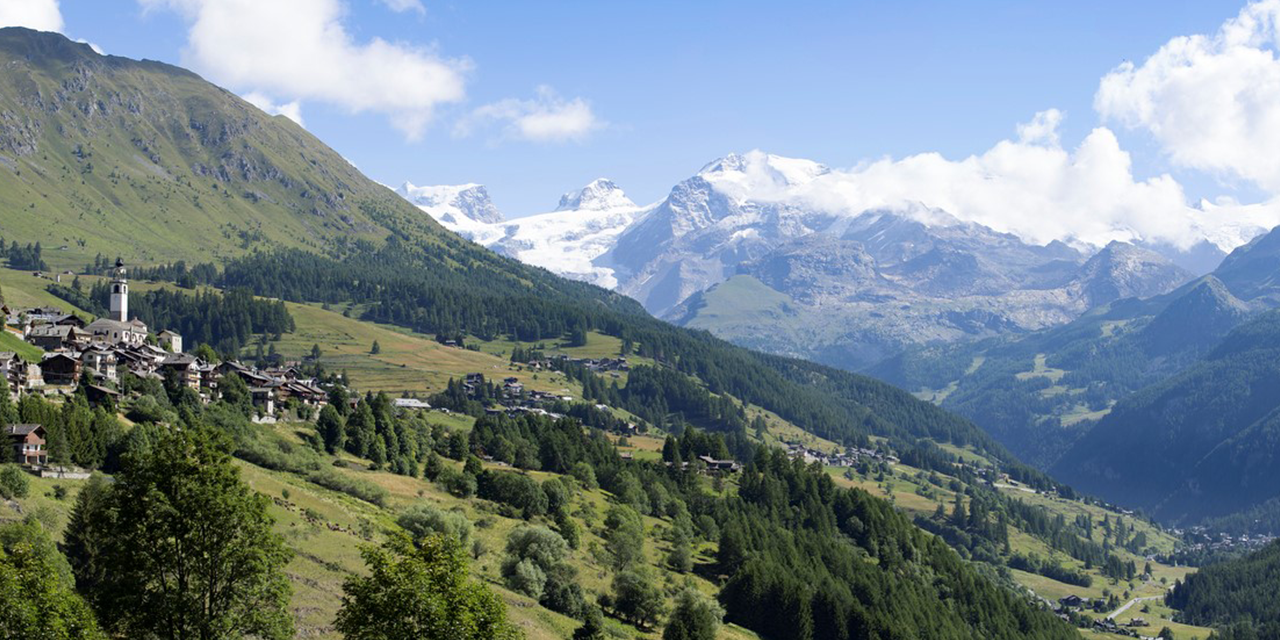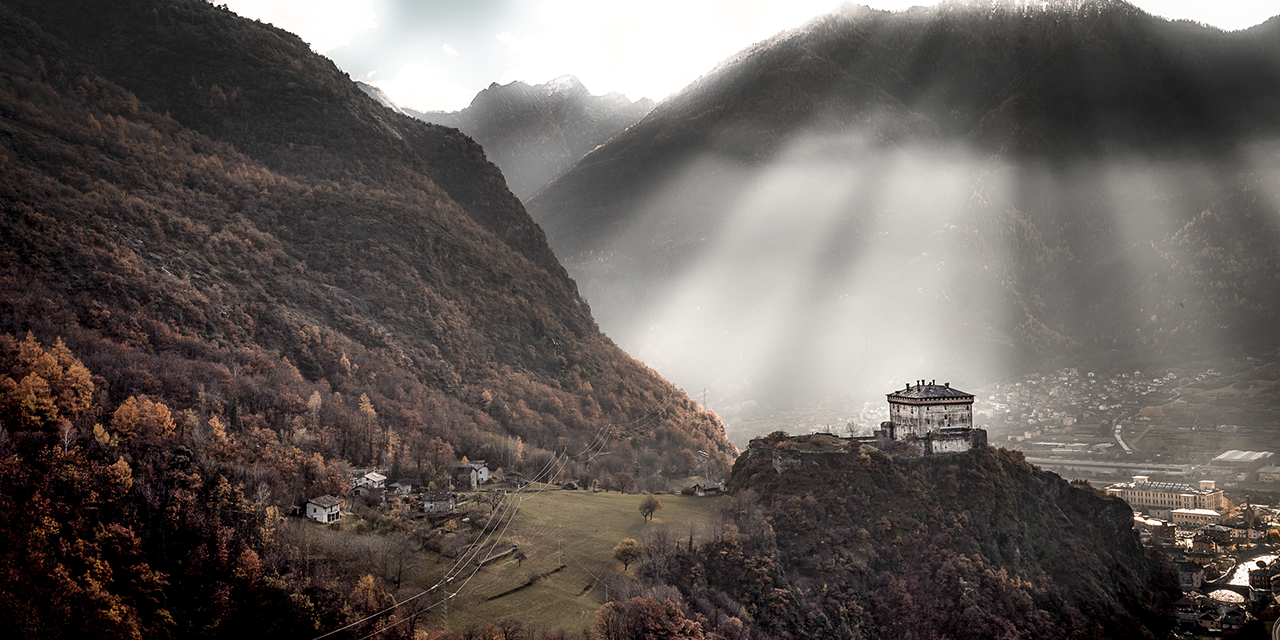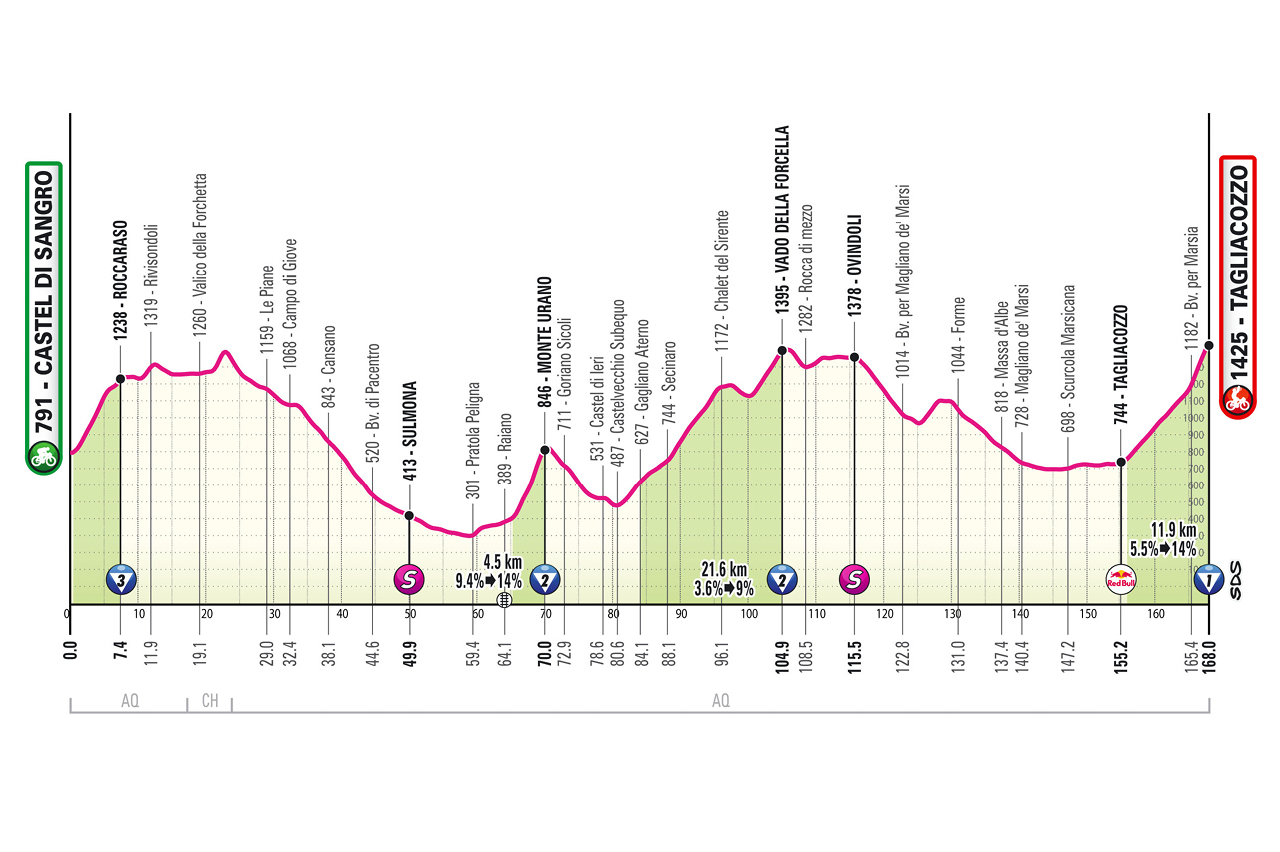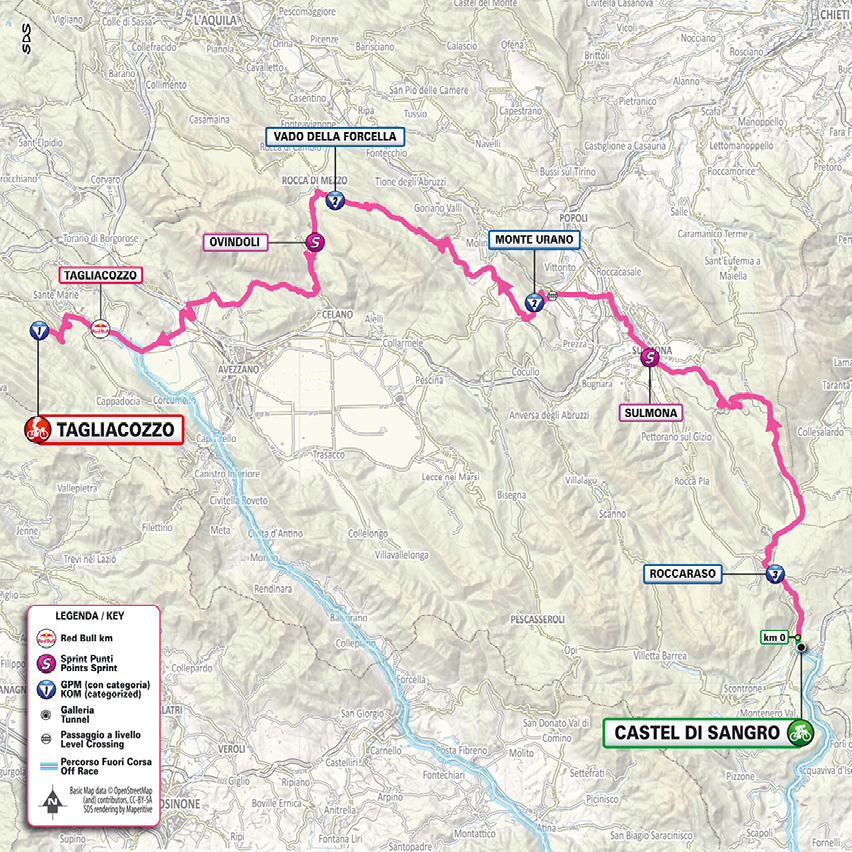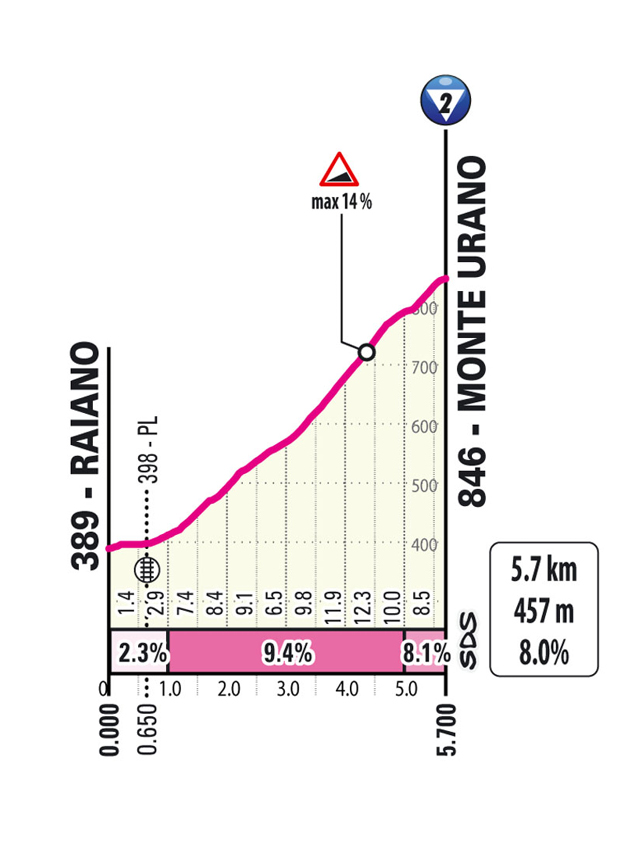Overview
Tagliacozzo, located in the heart of the Abruzzo region and mentioned by Dante in Canto XXVIII of the Inferno, is famous for the 1268 battle that marked the end of Swabian rule. Founded between two rocks, it was a fiefdom of the Orsini and Colonna families. Since the late 19th century, it has been a well-known tourist destination, hosting cultural events such as the Mid-Summer International Festival and Carnival. Among its main yearly events are Holy Week, the Romantic Night, Dante Street, Birrart, and “Cellars in the Rock.”
Gastronomy
Tagliacozzo has been influenced over the centuries by Roman and Neapolitan culinary traditions. From the classic timballo di pasta, richly seasoned, to mountain tradition soups such as gnocchetti with chickpeas and maltagliati with lentils, to pecora “ajjo cotturo” (slow-cooked sheep) and lamb roasts. The local cheese production is also excellent, with medium and long-aged cheeses, as well as cured meats, including fresh and aged sausages. Other typical local dishes include cornmeal pizza with “sfrizzojji” and pizza summa. A special mention goes to the Cloistered Nuns of the ancient Benedictine Monastery of Saints Cosma and Damiano, who prepare traditional sweets shaped like horses for boys and doves for girls during the “Blessing Festival.” They also produce jams and liqueurs. In Tagliacozzo, throughout the year, one can also enjoy traditional Christmas sweets made with walnuts and honey, filled waffles known as nevole, and, during major festivities, the so-called “zuppa inglese,” a layered dessert of sponge cake and custard creams.
Wine and beverages
Montepulciano d’Abruzzo is undoubtedly the symbolic red wine of the region. Made from the homonymous grape variety, it stands out for its deep ruby color, aromas of ripe red fruits and spices, along with a well-balanced tannic structure. It pairs perfectly with robust dishes from the Abruzzo tradition, such as arrosticini and local cured meats. Trebbiano d’Abruzzo, on the other hand, is a traditional white wine known for its freshness and simplicity. With a pale straw-yellow color, it offers scents of white-fleshed fruit and wildflowers, with a pleasantly balanced taste. It is often paired with light Mediterranean dishes, such as seafood salads and vegetable-based first courses.
Points of interest
The symbolic place of the City of Tagliacozzo, illuminated 100 days before the Giro d’Italia, is Piazza dell’Obelisco, a harmonious space enclosed by historic buildings, at the center of which stands the namesake fountain, celebrating its 200th anniversary in 2025. Among the most significant buildings are the 15th-century Palazzo del Governatorato, once owned by the Orsini family, the 16th-century Palazzo del Governatore dei Colonna, and the 17th-century Palazzo Fallace, featuring a splendid loggia. The square was originally surrounded by a perimeter portico, whose arches were closed in the 19th century to create artisan shops and commercial spaces. The Obelisk Fountain, built in 1825 in honor of Saint Anthony of Padua, is modeled after Roman Baroque fountains: above an irregular rock stands a stone obelisk, topped with a bronze cross. Before the fountain, at the center of the square stood a stone seat known locally as “pilozzo”, which served as a pillory where debtors were forced to sit with their trousers down as punishment.
The Church of San Francesco, legitimized on 20 November 1233, is one of the first sacred buildings dedicated to Saint Francis of Assisi, just seven years after his death in 1226. The architecture, in perfect Gothic lines, preserves some precious historical and artistic memories of the city. The Talia Theatre was built in the 17th century by a Duke of the Colonna family and is named after the Muse Thalia, the protector of theatrical arts, who, according to legend, also gave the city its name. It is said that she resided in the cave near the springs of the Imele River, hence Taliae Otium, meaning the retreat of Thalia.
Also noteworthy is the Palazzo Ducale Orsini Colonna, one of Italy’s most important architectural and historical monuments, whose origins date back to the 13th century and which was later expanded and enriched over the centuries. A few hundred meters from the historic center, following a shaded path accessible to all, which runs alongside the ancient mills and the course of the Imele River, one arrives at the base of the rocky cliff from which the river, praised in Virgil’s Aeneid, emerges from the depths of Mount Aurunzo.
A few kilometers from the town, along the ancient route of the Via Tiburtina Valeria, reaching the highest point of the consular road at 1200 meters on Mount Bove, we enter the Marsia mountain area (the arrival location of the 7th stage of the Giro d’Italia), named after the mythological satyr who dared to challenge the god Apollo in a musical competition with the flute. From here, the valleys and forests of the central Apennine chain (Simbruini Mountains) unfold, home to Europe’s largest beech forest. In summer, the clearings within the beech forest become the setting for major concerts, including performances by renowned musicians such as Nicola Piovani, Alessandro Quarta, and Giovanni Allevi.

